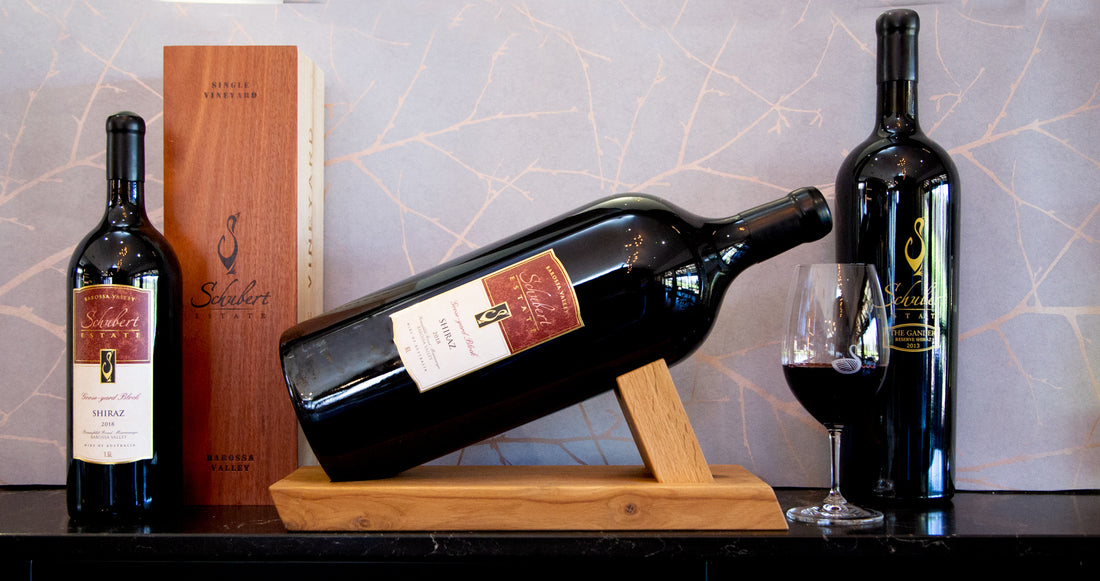Is bigger better?
The size of a wine bottle varied for years until advances in glass manufacturing techniques in the 19th century determined 75oml to be ‘just about right’ for industry and the wine trade. That size was also simply scalable and divisible to equate to other measures that have become standards. A dozen bottles in a box equates to 9 litres, or 2 gallons in the old scale. The average glass of wine is around 150ml, giving you 5 glasses to the bottle. A marginally ‘stingier’ pour of 125ml stretches the bottle to an extra glass.
The standard bottle could also be doubled and then doubled again and again in size to create an escalating scale of ever larger format bottles. 1500ml(magnum), 3000ml (double magnum) and 6000ml (imperials) being the most frequent bottlings. Aside from the grand statement of intent to share more wine with more people when a big bottle is opened, these larger formats deliver a number of practical cellaring benefits.
A primary outcome of bottling wine in magnums or larger format bottles is to slow the ageing process. The general rule being a wine in magnum or larger size will develop more slowly, retain primary fruit characters longer, and therefore sustain a longer cellaring period. (This of course also commands an increase in your patience levels of equal proportions.) This is achieved by a reduction in the ratio of oxygen ingress to the quantum of wine as the bottle size increases, plus the marginal benefits of temperature inertia delivered by a larger volume of liquid maintaining a more consistent temperature.
Larger formats are great for cellaring and great for sharing. My key tips for enjoying wines from larger bottles are to be patient – the rewards of cellaring will take longer. And to be well prepared and equipped when you make the call to open your prized possession. Decanting is a must for any older wine, so be prepared by placing the bottle in the upright position a few days prior to opening to allow sediments to collect at the bottom of the bottle. Prior to serving, pour the wine slowly into a decanter leaving all the ‘crunchy bits’ in the bottle. Then wash the bottle and return the decanted wine ready to enjoy.
Cheers, Matt Reynolds – Chief Winemaker

